Born in Cape Town, South Africa- Robin Bernstein is a photographer, documentarian, surfer and enthusiast of light. At the age of 23, Robin completed a BA degree majoring in Photography at the Stellenbosch Academy of Design and Photography in 2013, followed by a postgraduate degree in Art Historical Studies at the University of Cape Town. In 2014, he and a group of fellow entrepreneurs started Cape Collective Assist (CCA), a crew which services the international stills production industry in Southern Africa, and aims to enable the career development of local young creatives. www.capecollectiveassist.com He is currently living in Cape Town, and working as a professional lighting assistant and digital operator to fund personal art/documentary projects. A traditional photography enthusiast— Robin works exclusively with film on all personal work, and has a particular interest in urban socioeconomic issues and globalization.
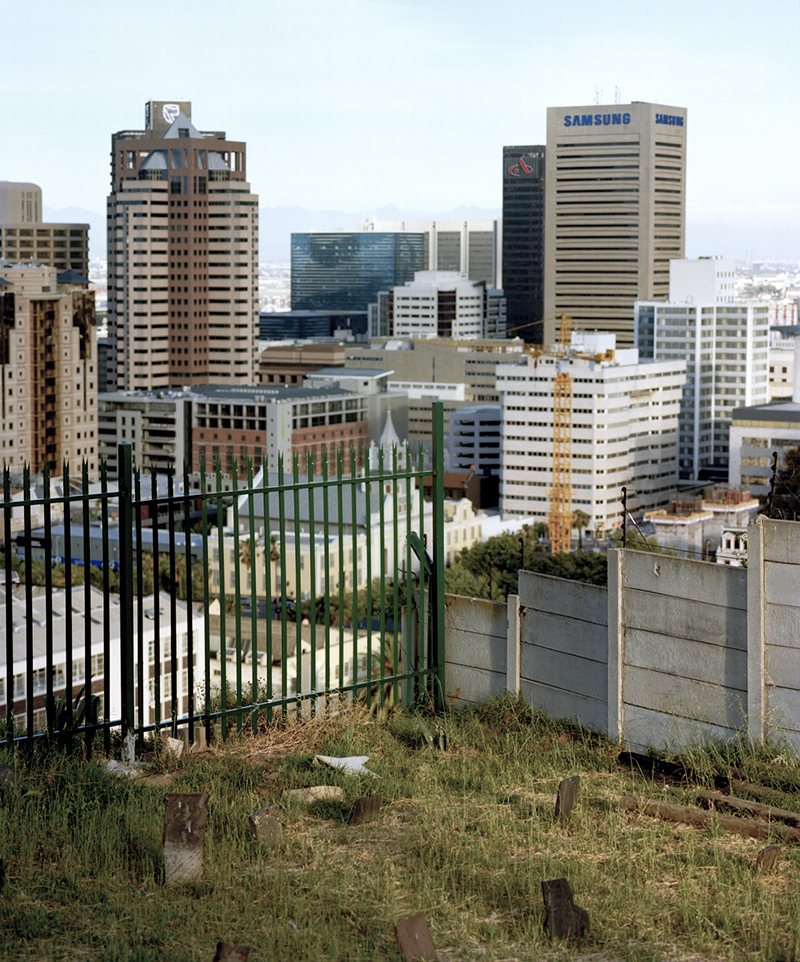


The Kraal
My photography is bound to the urban space — its complexities and its contrasts. In South Africa, the struggles that our country experiences can be traced visually through its spatial environment. Cape Town’s urban divide lies as the land flattens out to the East of the city, opening up onto the Cape Flats. In this space, one can trace the lines left by apartheid zoning policies designed to keep black from white. Today these lines remain visible as divides between wealth and poverty.
The Wash House Quarry was named in colonial times after its purpose — a slave-driven laundry for the wealthy. Its rock was mined for the grey stone that adorns the battlements of the Castle Of Good Hope. It is located at the bottom of the Bo-Kaap area on the slopes of Signal Hill, and was home to the only informal settlement found within the boundaries of the Cape Town CBD. The residents called their community ‘The Kraal’ — a term defined as a traditional African village of huts typically enclosed by a fence, or as an enclosure for cattle or sheep. In the context of this community, the term is imbued with notions of community, safety, protection, yet also the paradoxical lack thereof.
When I began photographing here, the quarry was home to roughly one hundred residents. These people were housed in shanty-town style shelters and shipping containers, which formed a misshapen landscape of wood and corrugated iron. Perched above, and accessible only by treacherous winding paths, were a number of separate camps of refugees divided by stark boundaries of nationality, faith and political stance. I photographed this marginalized community from 2012 to 2016, after which time most residents were relocated to RDP housing programmes in the Cape Flats — an expansive, low-lying area in which ‘non-white’ people were forced to live under the apartheid Group Areas Act.
There are currently propositions to develop the land into high-end apartments, thus continuing the cycle of forced systematic spatial division implemented by both the apartheid regime and the colonial rule that came before. “The Kraal” tells a tale of the bureaucratic brutalization of a compassionate community, imbued with notions of desperation and gentrification. It is indicative of the broader socioeconomic urban spatial environment in South Africa.
During the years documenting “The Kraal”, I became concerned with notions of my purpose as a documentary photographer in the African context. Who was I making images for? I began to explore ways of creating photographs that were desirable and relevant to the people that they represented. As an attempt to gain an internal and arguably more authentic view on life in The Kraal, I gave a camera to artist, friend and resident — Nashe ‘Rock’ Iben. The resulting images were some of the best to have come out of the project. The images presented here are a combination of those made by Rock and myself. The re-photographed prints were captioned by Eric John Keru, a Sudanese refugee who became my closest friend at the Kraal.

“The main street in the Kraal Coming in from the CBD. Nanu is among the many happy youngsters in the Kraal”- Eric John Keru

“Seen from the front of the Kraal is Lailay Shvlegha and her cousins- a beautiful promise of the future of the Kraal.” – Eric John Keru

Nashe ‘Rock’ Iben – 2013

“That’s me Eric in my Sunday best.”- Eric John Keru

This is an image of a man who goes by the name ‘Soldier’. He asked me to take a portrait of him while he was busy rebuilding shelters that had been broken down by Law Enforcement officers.
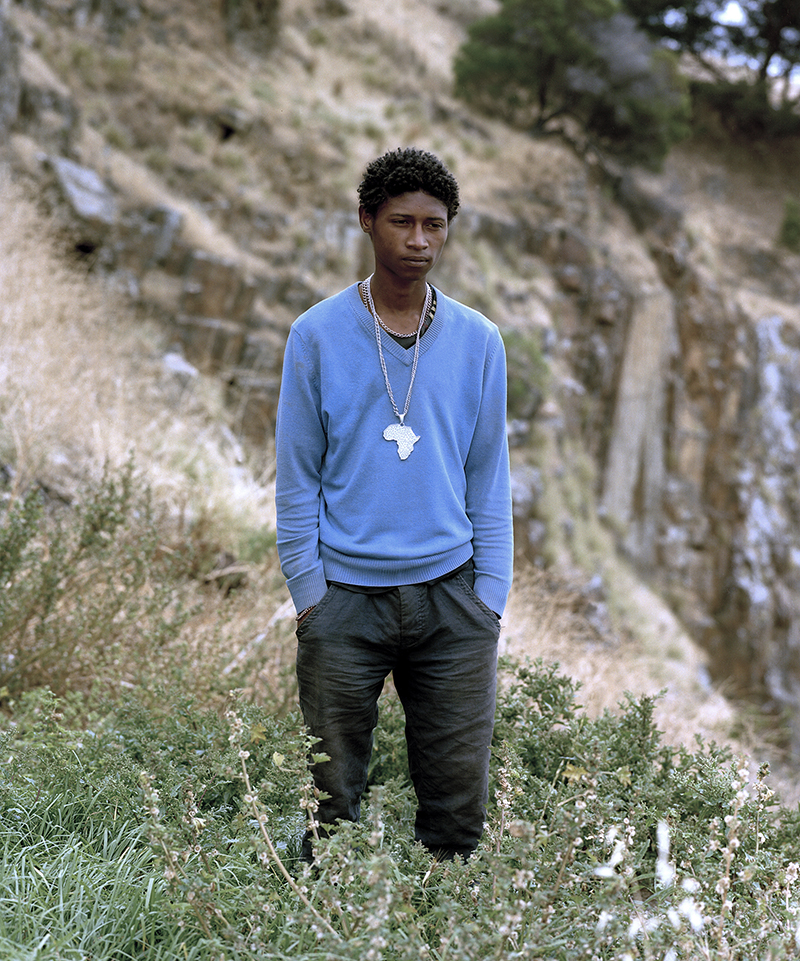

“The youth & teenagers pose for a picture”- Eric John Keru. Image by Nashe ‘Rock’ Iben, 2013.

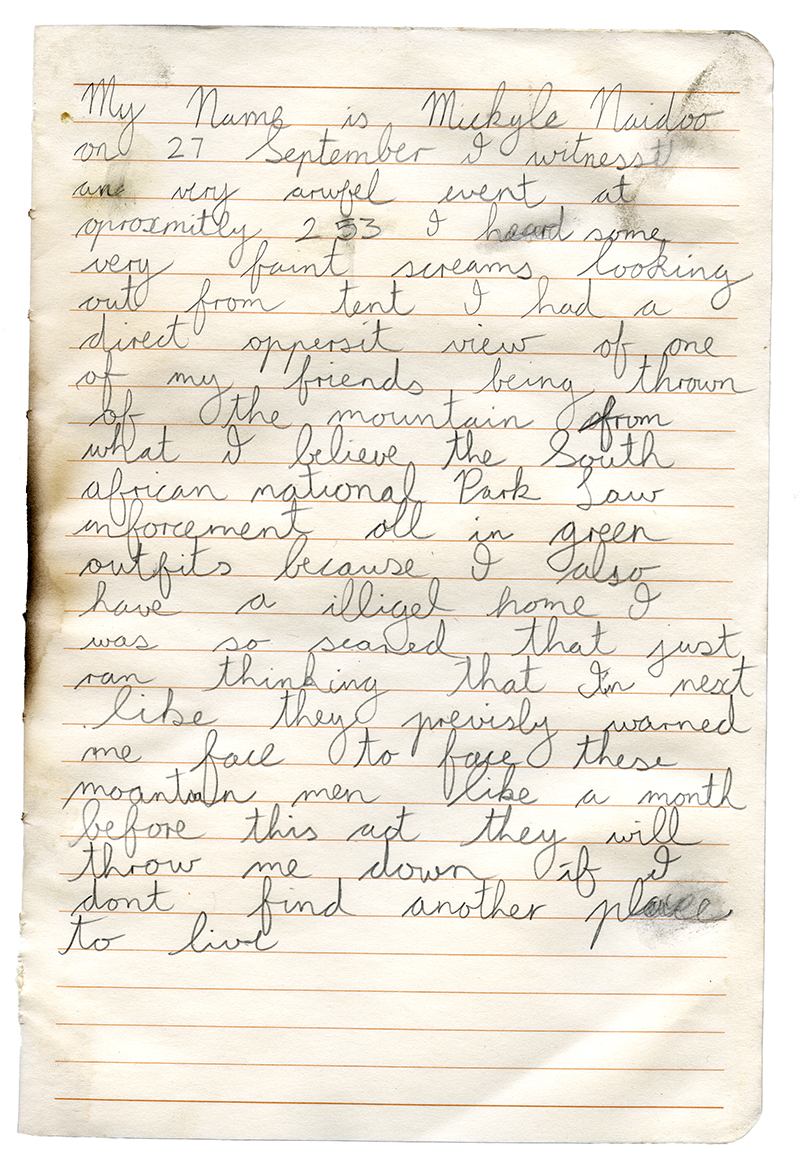


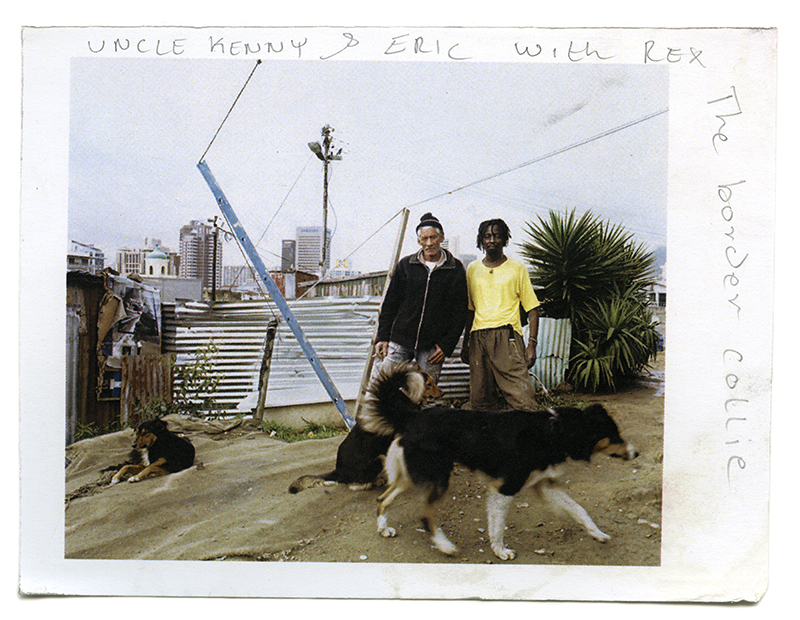
“Uncle Kenny & Eric with Rex the border collie.”- Eric John Keru

“Rasta along Chiappini opposite the mosque.”- Eric John Keru. Image by Nashe ‘Rock’ Iben, 2013.

This is the first image I made of Eric. It was in his possession until he gave it back to me shortly before his death in 2016.
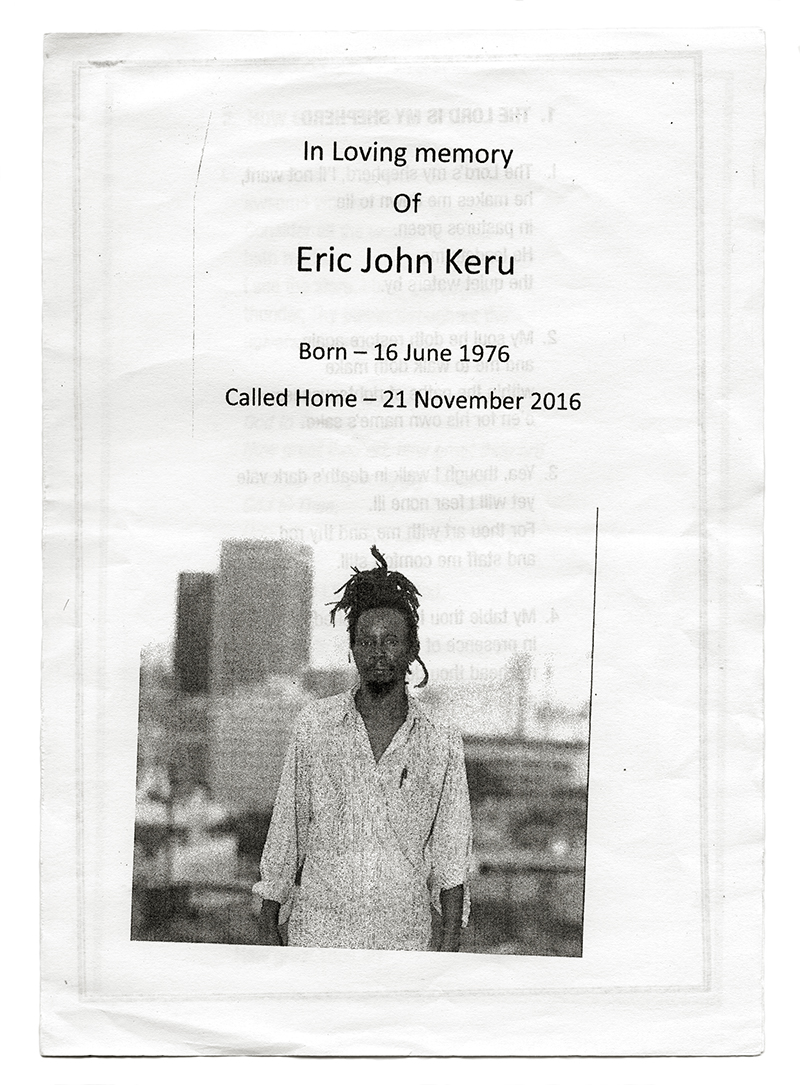
One of the last images I made of Eric before he succumbed to a long illness.


An image taken during the forced eviction of residents in 2016.
To view more of Robin Bernstein’s work please visit his website.
Details :
8.25″x10.75″, 256 pages,
Perfect Bound
Edition Size 1500
ISBN : 978-1-944005-18-4
Printed in the Netherlands
Introduction by : The Editors
Guest Curators and Interviews by :
Alan Rothschild
Amy Elkins
Anna Skillman
Heavy Collective
Jennifer Murray
Kris Graves
Michael Itkoff
Paloma Shutes
Paul Kopeikin
Rachel Reese
Robert Lyons
Small Talk Collective
Susan Laney
Zemie Barr
